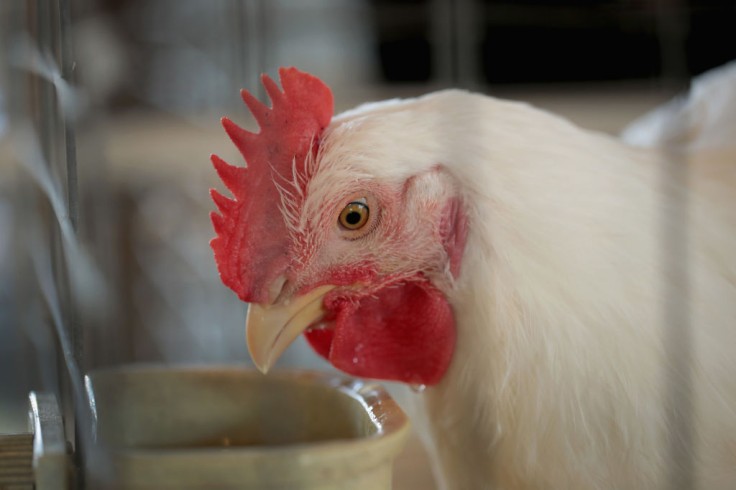About 1.8 million chickens must be slaughtered after another bird flu outbreak in Nebraska, agriculture officials say. The culling of chickens is necessary to prevent the spread of the highly pathogenic bird flu virus.
According to the Nebraska Department of Agriculture, the state's latest case of bird flu was found on an egg-laying farm in northeast Nebraska's Dixon County.

Nebraska is Considered the Second Worst-Hit State in the US
Nebraska is the second worst-hit state in the US where 6.8 million birds have been affected by the outbreak, according to PBS. Iowa is the worst-hit state with 15.5 million birds culled.
This year, the US sees the worst outbreak of the disease in seven years with 52.3 million birds in 46 states already died. Most of these are chickens and turkeys on commercial farms. The animals have been slaughtered as part of this year's outbreak.
Most of these animals died from being slaughtered in order to control the spread. However, some died from the deadly virus itself. So far, this year's outbreak is the largest since 2015, when 50 million birds died.
The virus largely died off during the summer in the past bird flu outbreaks. However, this year's outbreak found a way to linger. This fall, the outbreak started to make a resurgence with more than six million birds killed in September.
Wild birds who are migrating across the country are primarily the cause of the virus' spread as they can often carry the disease without showing symptoms.
The virus can be spread through droppings or the nasal discharge of an infected bird. This can contaminate dust and soil which can contribute to the spread of the disease.
The bird flu outbreak affected the economy because along with the soaring cost of feed and fuel, it has contributed to the rising prices of chicken and turkey.
Read Also: Bird Flu contagious among ferrets, maybe humans too
This Year's Bird Flu Outbreak is Difficult to Contain
According to NPR, the spread of bird flu this year is far more difficult to contain, unlike the 2015 outbreak. This is because the virus appears to easily spread among wild birds.
Waterfowl and the raptors that prey on them can potentially carry the flu virus long distances. With this, the virus can be passed on to poultry.
Officials of the department of agriculture are prompting poultry producers to look for signs of infection as the virus sweeps through commercial and backyard chicken, and turkey flocks.
Likewise, they are encouraging producers to report any cases of the symptoms observed to state or federal officials.
A number of steps have been undertaken by commercial farms to prevent the virus from infecting their flocks.
Poultry producers are now requiring their workers to change clothes before entering barns. Likewise, trucks are being sanitized before they enter the farm.
Zoos around the country have also taken precautions. Some exhibits are closed in order to protect their birds. However, despite the steps undertaken, the disease is difficult to control.
According to the Centers for Disease Control and Prevention, there's little chance of humans contracting the virus. Human cases are extremely rare since properly cooking poultry and eggs will kill bacteria and viruses.
Related Article: Around 190,000 Ducks Cull In Netherlands Due To Bird Flu Outbreak









